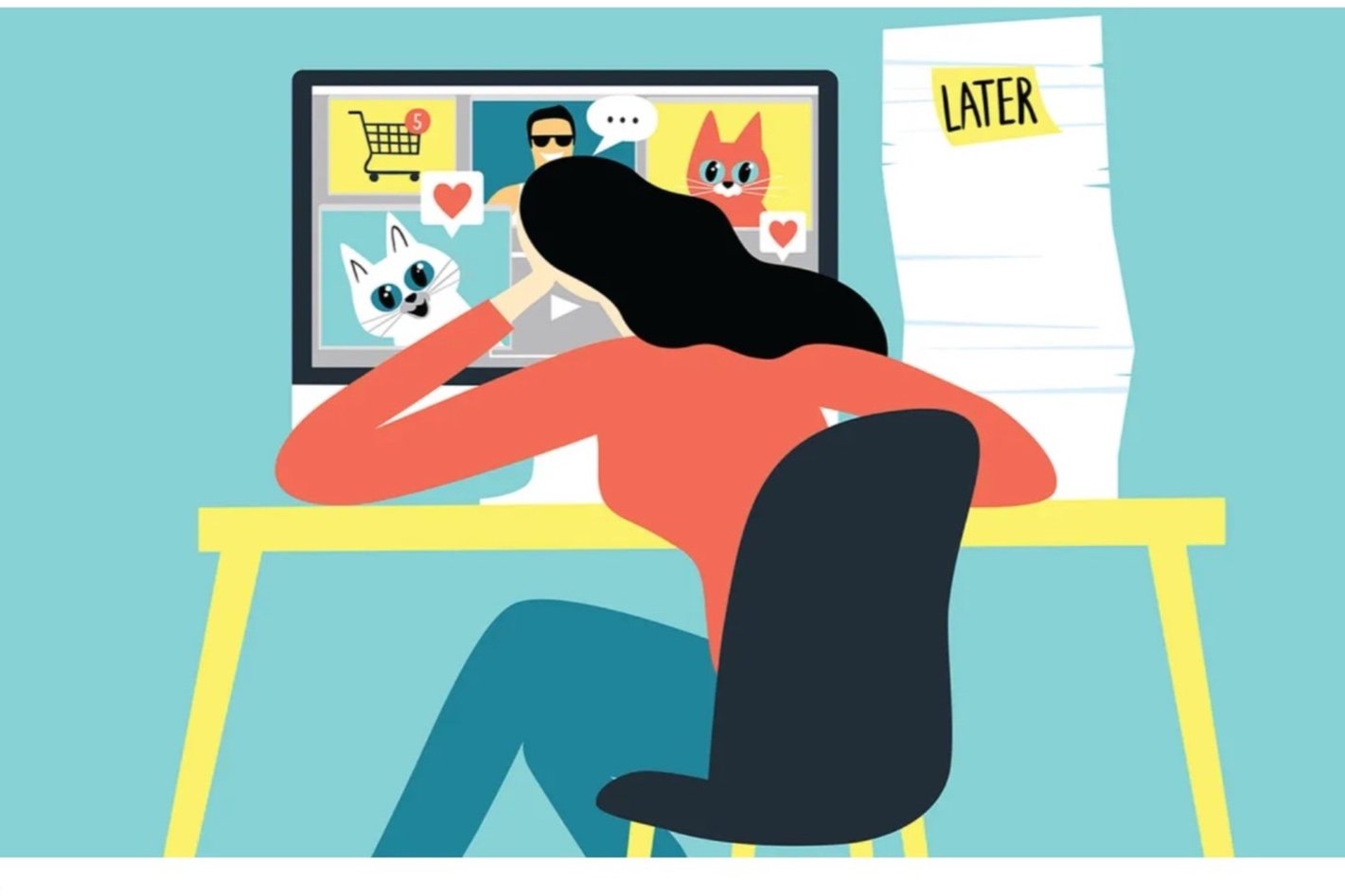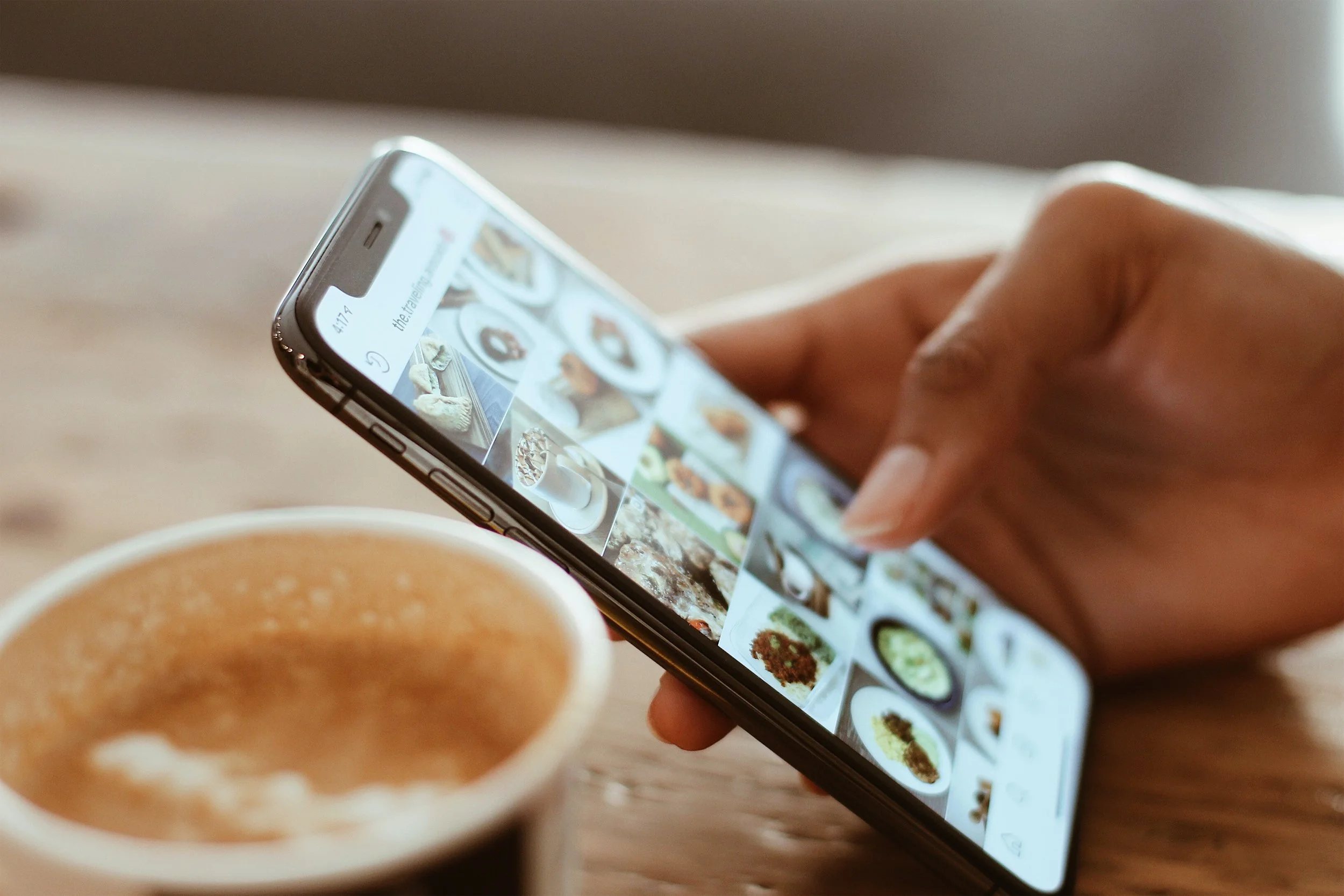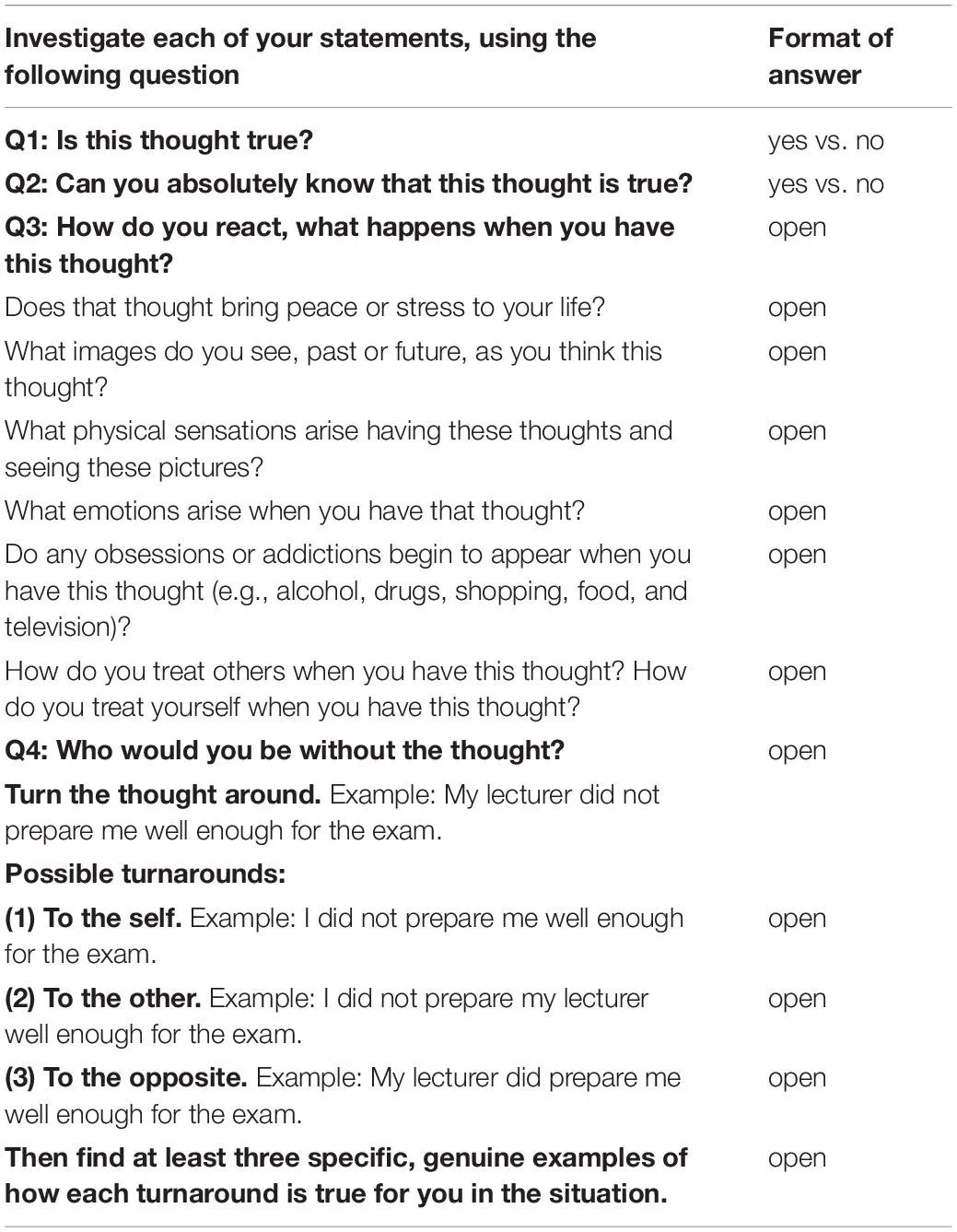The Real Reason we Procrastinate - and How to Avoid it
It’s 10:00 PM. It’s been six hours since you came home from school and you still haven’t started your homework. With both an English essay and a huge science project due tomorrow, you really need to get started soon.
And yet, you don’t. Instead, you spend hours scrolling on TikTok or watching cat videos on YouTube. You just can’t motivate yourself to stop procrastinating.
If this situation feels familiar, you’re not alone. Almost everyone has procrastinated at some point. In fact, a survey found that the average person spends around 218 minutes (about three and a half hours) procrastinating every day. That’s about 55 days per year of pure procrastination!
The advent of social media has only exacerbated the issue. With its endless feed of personalized content, social media is an alluring distraction and one of the biggest hurdles to staying productive as a modern teen.
Because I happen to be a pro at procrastinating, I wanted to look into the science behind why we procrastinate as well as how to avoid it. And what I found was that the common perception of procrastination is far from accurate.
We often think that procrastination is simply an issue of poor time management. If you’re struggling to get things done, you simply need to prioritize your tasks more efficiently, use a planner, or utilize a bunch of life hacks. But new research suggests that these typical solutions don’t actually work. That’s because the reason we procrastinate actually has nothing to do with time management.
So why do we procrastinate?
Dr. Tim Phychyl, a professor of psychology who studies procrastination at Carleton University, sums it up in one simple quote:
“Procrastination is an emotion regulation problem, not a time management problem.”
He talks more in depth about this in his research, but the simple explanation is that procrastination is a coping mechanism. We use it to avoid negative feelings that come with working on a task. Although this aversion to completing a task could be as simple as a dislike for something you might consider unpleasant (like taking out the trash or completing a boring assignment), it could also indicate deeper feelings like anxiety or self-doubt.
You may start your English essay, only to find yourself stuck and staring at a blank page. This then incites negative thoughts. You might start thinking, I’m not smart enough for this. I’m going to fail this assignment. I should just make ChatGPT write it for me. This may lead you to putting away your essay and watching YouTube instead.
In fact, research by Jessica Myrick, at the Media School at Indiana University found that procrastination was a common motive for watching cat videos. She also found that many people felt guilty after watching them, which speaks to how procrastination is a misguided method of emotional regulation. Although it provides a short-term distraction, it also increases feelings of stress, guilt, and frustration.
Why typical solutions don’t work
I’ve seen a lot of productivity gurus talk about ways to get more work done. From downloading an organization app, to attempting to manage your time more effectively, to even chewing gum, there are a lot of time management hacks out there. But while these can be helpful, they don’t often address the root of procrastination. Procrastination is more about managing emotions, not time. This is why some of the tips I mentioned above may not be effective solutions.
Instead, you should aim for a solution that tackles your fear of the task, self doubt or anxiety. This then removes the tendency to procrastinate as a method of emotional regulation.
Emotion-based tips to avoid procrastination
Ok, so if some typical productivity strategies don’t provide that magic wand for finishing your work on time, what will? Fortunately, there are a variety of science-backed strategies for combating procrastination that start right at the root of the problem: your emotions.
Mindfulness
Mindfulness is a practice that involves focusing on your present thoughts and feelings without being judgemental of yourself. A recent study found a strong association between mindfulness and decreased rates of procrastination. Mindfulness training also reduced negative emotions and the perceived negative consequences of stressful tasks.
These results aren’t surprising since the very things that cause us to procrastinate can be remedied through mindfulness exercises. For example, mindfulness increases self-awareness which allows us to better recognize our emotions. It also decreases the stress response which is triggered by anxious thoughts and often makes it difficult for us to think long-term.
Practicing mindfulness can also prevent overuse of social media which has a significant correlation with procrastination and directly harms productivity.
Mindfulness comes in lots of different forms. You can practice mindful meditation, either by yourself or through a guided program like Calm or Headspace. If meditation isn’t for you, you can use an alternative method like yoga or journaling.
Self-compassion
Another effective tactic is to practice self-compassion, which is being kind and understanding of yourself instead of self-critical when you make mistakes. Findings suggest that self-compassion has strong links to healthy emotional regulation. Remember that a lack of emotional regulation is often what causes us to procrastinate. Self-compassionate individuals are also less impacted by stress and significantly less likely to procrastinate.
The great thing about practicing self-compassion is that you don’t have to physically do anything. You just need to commit to treat yourself with greater kindness in the future.
Although there isn’t a concrete set of steps you need to follow, there are general ways to guide your thinking into a more self-compassionate mindset. You can start by responding to yourself in the same way you would to a friend. You could also try reciting self-affirmations to counter your negative thoughts.
Inquiry-based stress reduction
In a recent study, a novel technique called inquiry-based stress reduction has been found to effectively reduce procrastination for students with test anxiety. Although the name sounds complex, the strategy is just a simple method of identifying and questioning stressful thoughts.
Once you’ve identified a stressful situation, simply ask yourself the questions below.
Image taken from Krispenz, A., Gort, C., Schültke, L., & Dickhäuser, O. (2019). How to reduce test anxiety and academic procrastination through inquiry of cognitive appraisals: Investigating the role of academic self-efficacy. Frontiers in Psychology.
The study found that after using Inquiry Based Stress Reduction, anxious students were able to find a new, healthy method of emotional coping by investigating their stressful thoughts. Therefore, when they faced text anxiety or a stressful situation, they no longer felt the need to withdraw from the situation through procrastination.
I tried this method myself and found it to be especially helpful in questioning the validity of my anxious thoughts. It’s great for those who prefer a more structured way to approach their emotions.
Other ways to combat procrastination
Although emotion-based tips are effective, procrastination is likely a deeply ingrained habit. Managing difficult emotions and breaking your long-held pattern of behavior doesn’t happen overnight. That's why I also have some other tips that can also be helpful in preventing procrastination.
Make your temptations more inconvenient
The main reason procrastination is so tempting is that your distractions are sitting right in front of you. It’s difficult to start writing an essay that requires effort and concentration when you can easily grab your phone and scroll through social media instead.
The act of ignoring your companion or responsibilities in favor of your smartphone actually has a name: phubbing. Unsurprisingly, phubbing is directly tied to increased levels of academic procrastination.
So if you find yourself constantly reaching for your phone, try putting it across the room or shutting it down. If you procrastinate by taking frequent snack breaks, work away from the kitchen. If you like to stall by organizing things, make sure your workspace is tidy.
Just get started (for two minutes)
This technique was first created by David Allen in his book, Getting Things Done. It aims to help people complete small tasks more effectively.
The rule is simple: if you can complete the task in two minutes or less, don’t delay. If you need to respond to an email or complete a quick assignment, it's more efficient to get it done as soon as possible.
This technique doesn't only apply to small tasks. You can also apply the two minute rule to get started on a larger task. According to James Clear, author of Atomic Habits, simply starting something, even for a short amount of time, can overcome a lack of motivation.
I find this technique particularly helpful when I’m feeling completely unmotivated to study. Working for just a few minutes helps reduce the anxiety associated with the task. Oftentimes, I find myself working for longer periods of time than I initially planned.
Closing Words
This guide provides a variety of tools to prevent procrastination. Now it’s up to you to utilize the tips that work for you.
Remember that you don’t need to do everything perfectly. Working through your emotions and building strong habits takes practice. You also need time to refine your approach and find the techniques that work best for you.
The longer you wait to implement these tips, the less likely you are to remember them, so start now instead of putting them off for later!




